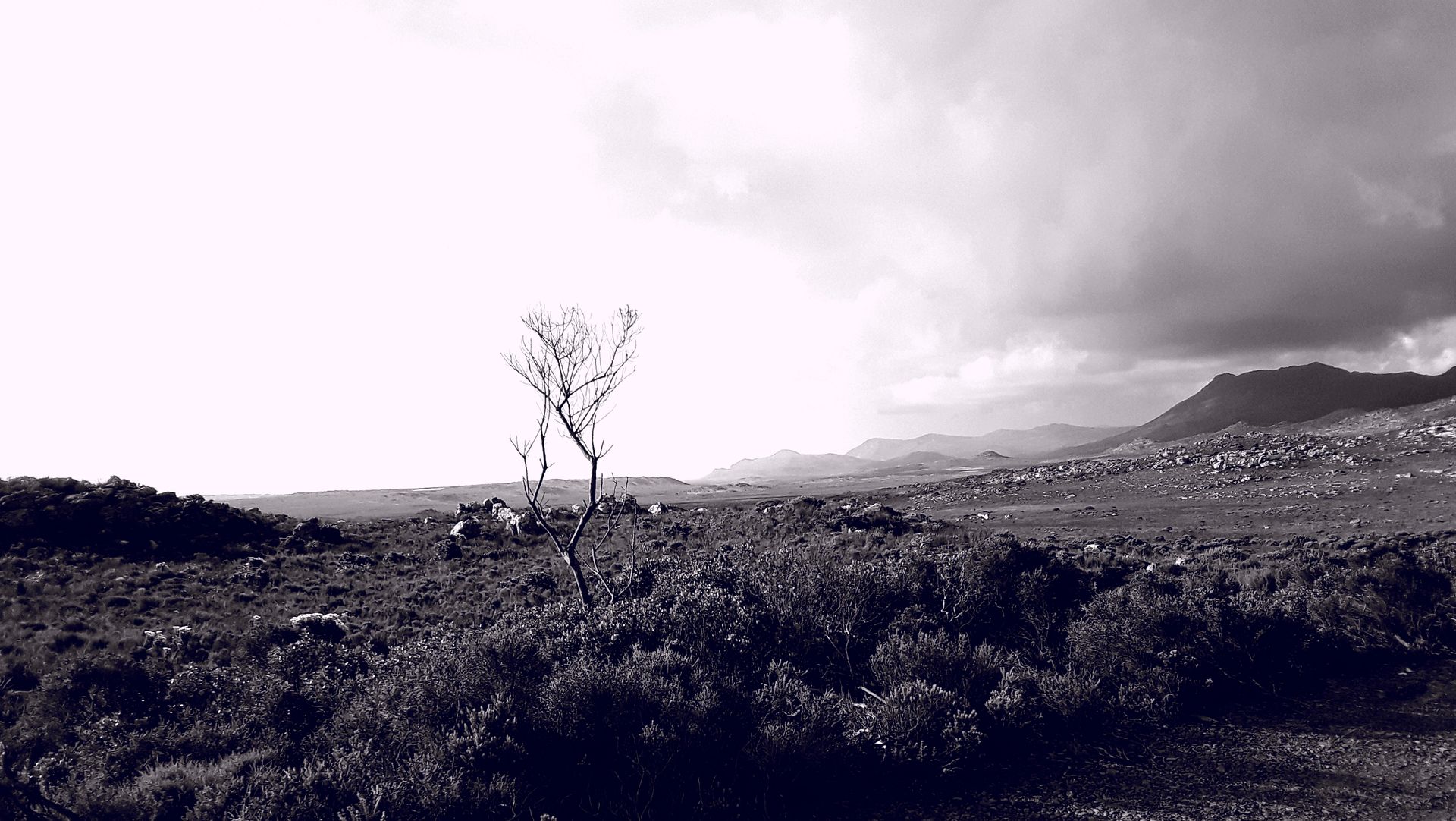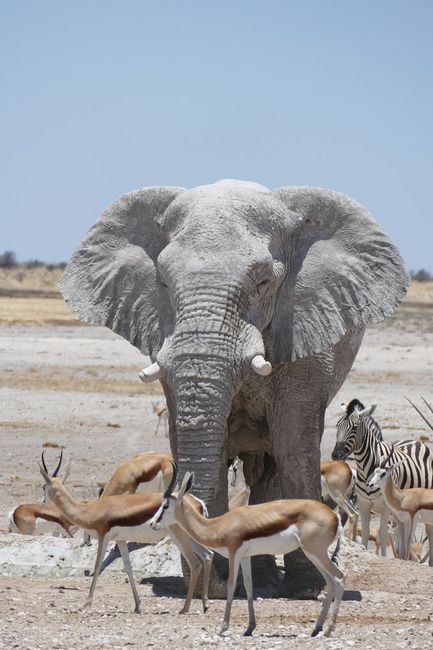
mit-dem-dubs-zu-neuen-ufern
vakantio.de/mit-dem-dubs-zu-neuen-ufern
Close to heaven....
Pubblicato: 02.05.2018
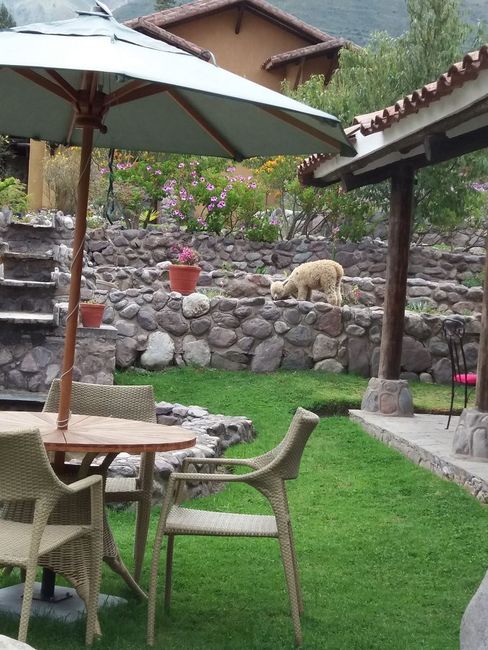
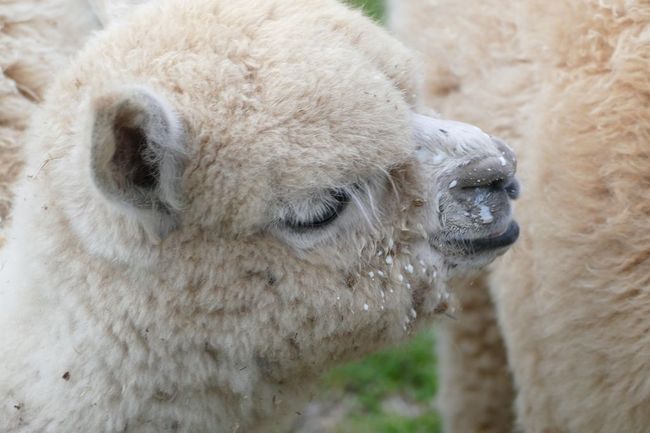
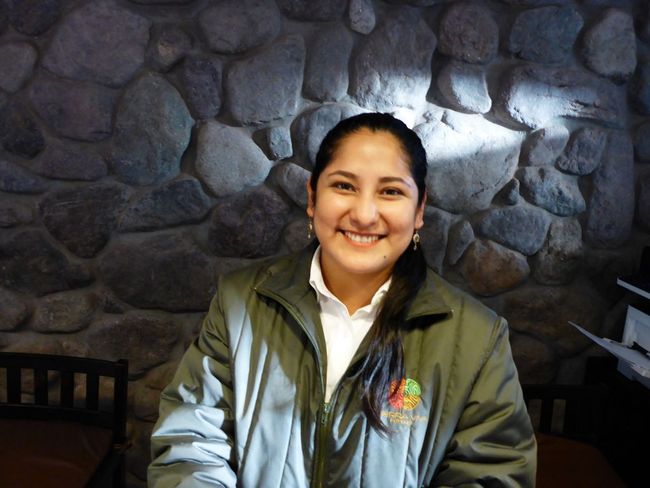
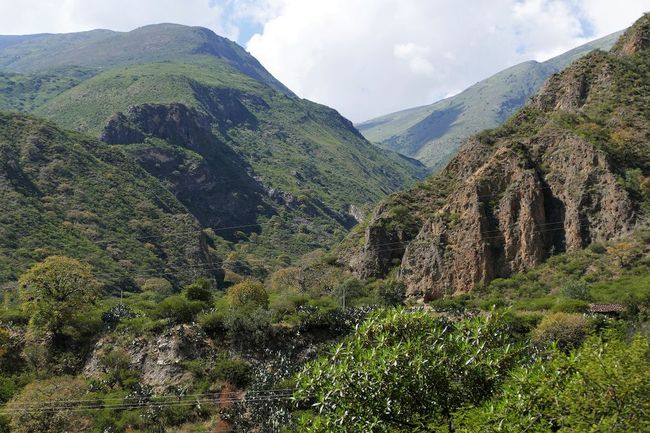
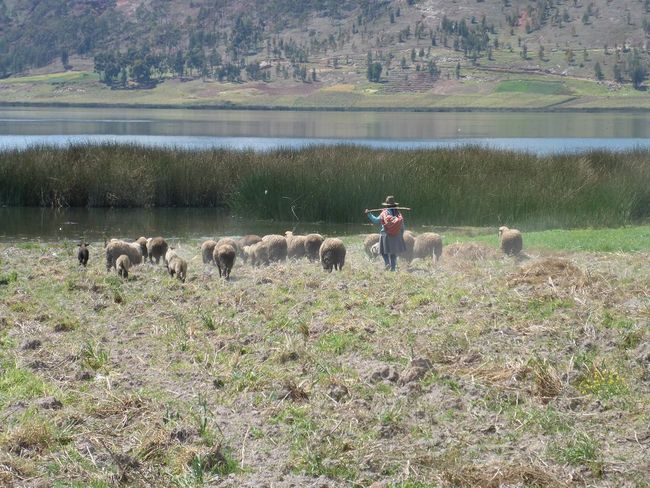
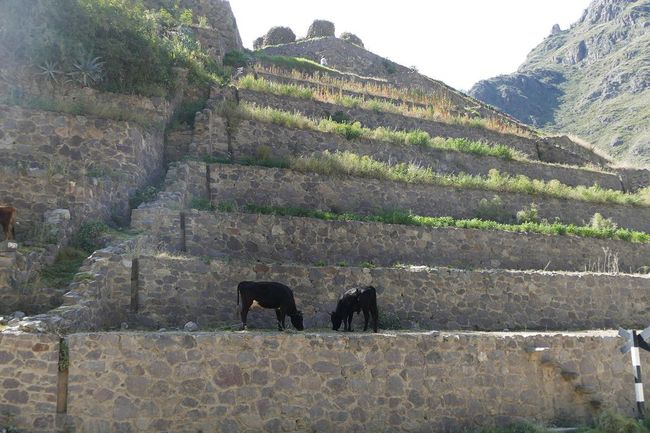
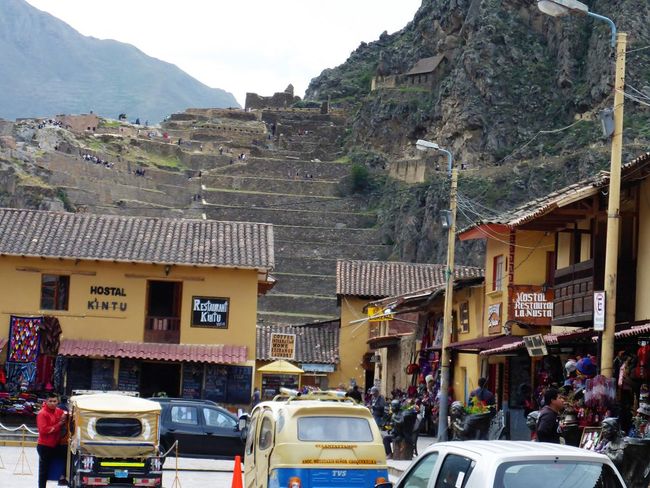
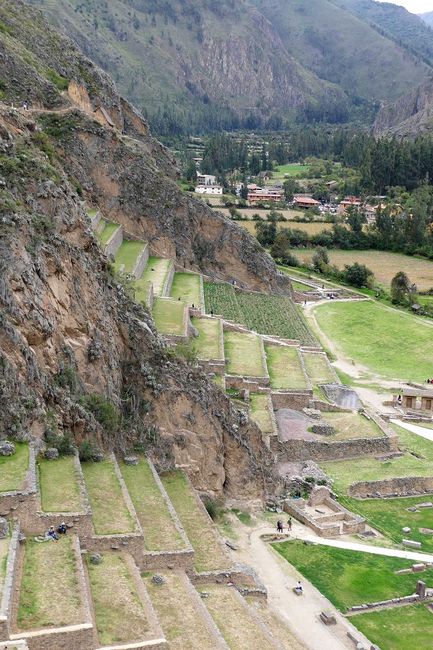
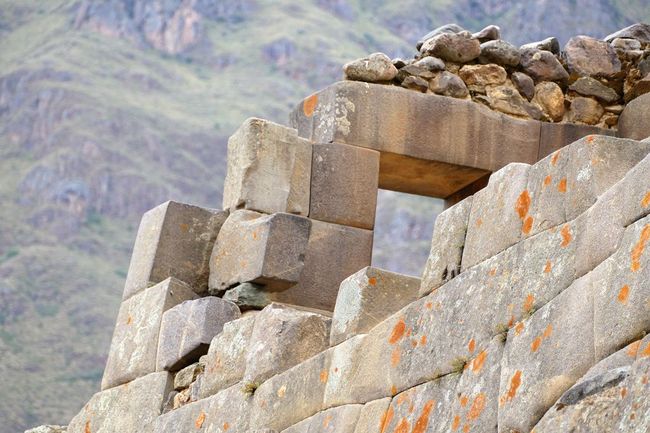
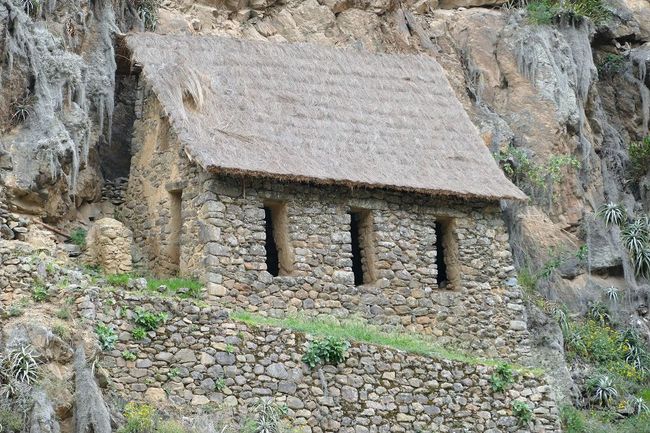
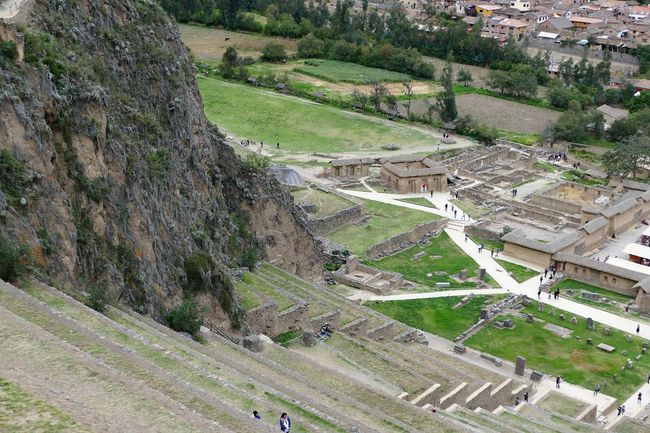
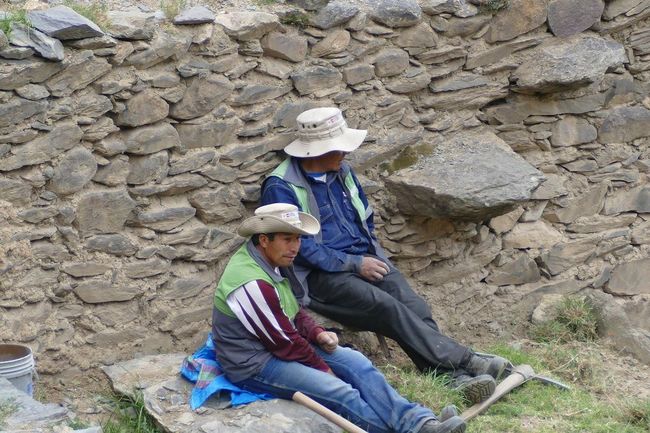
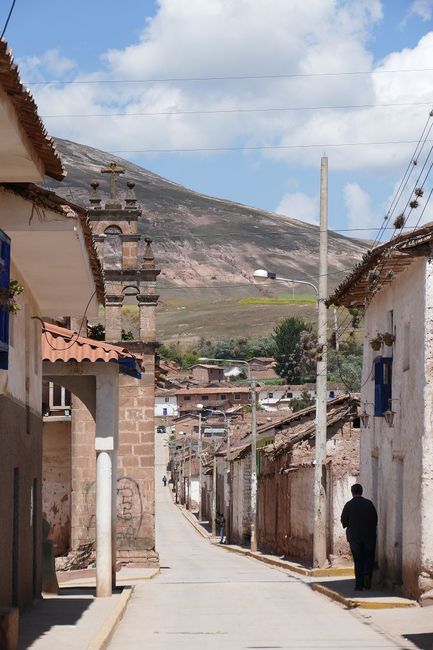
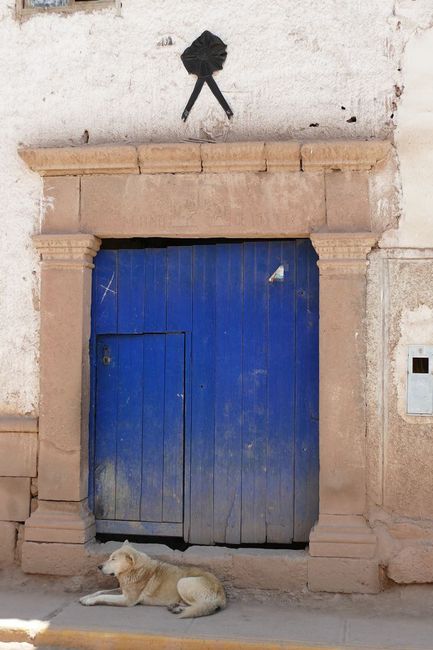
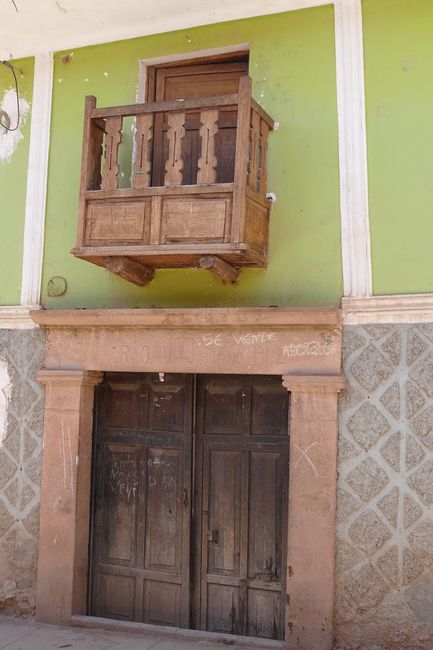
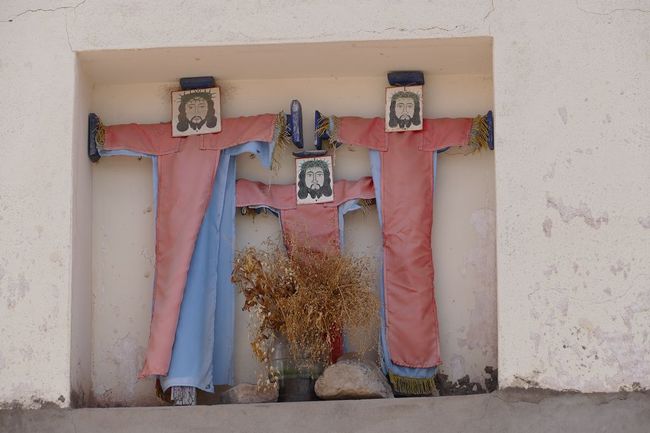
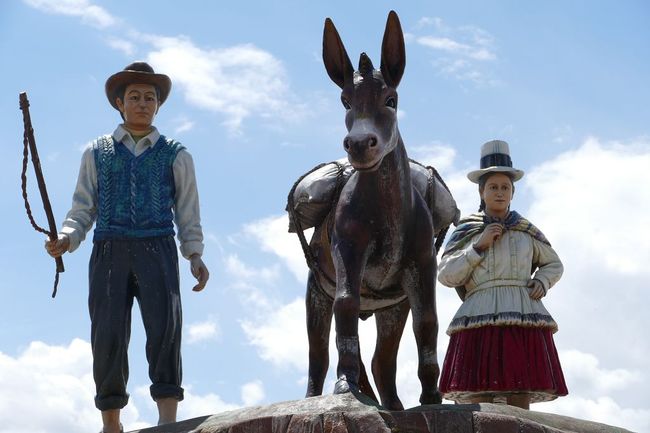
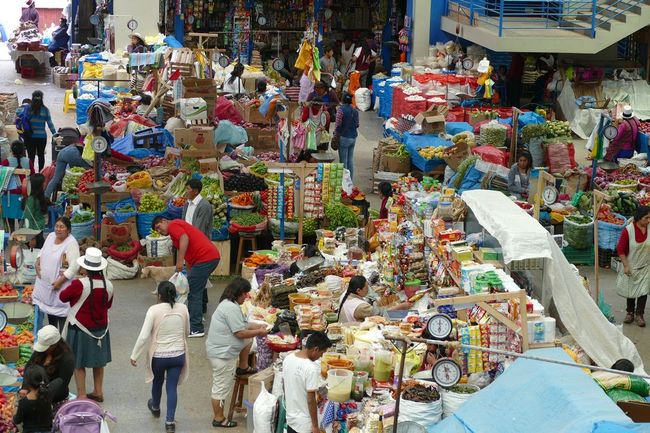
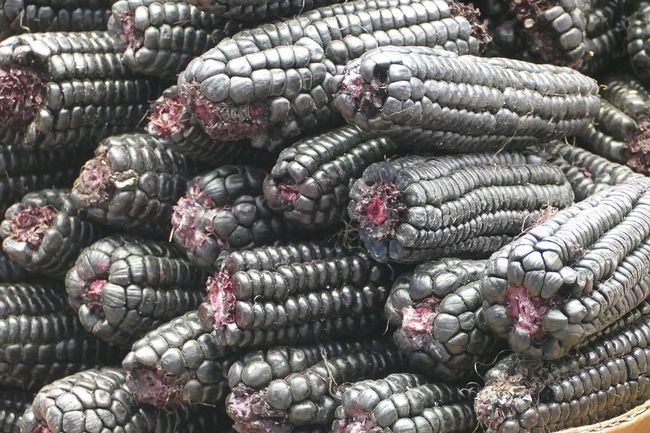
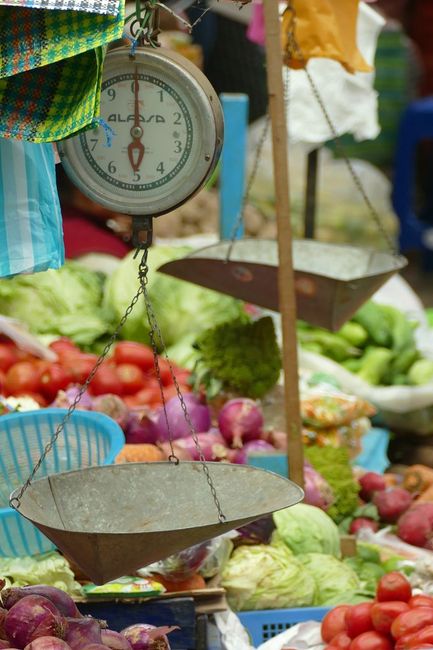
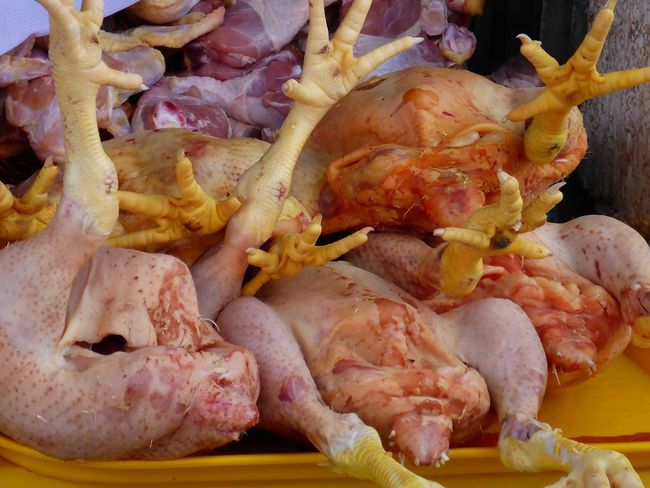
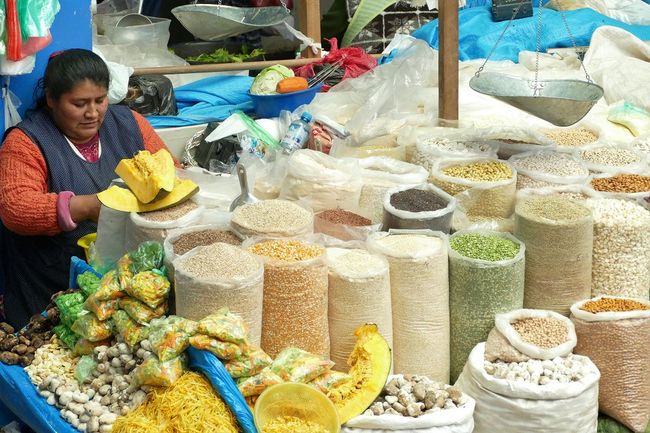

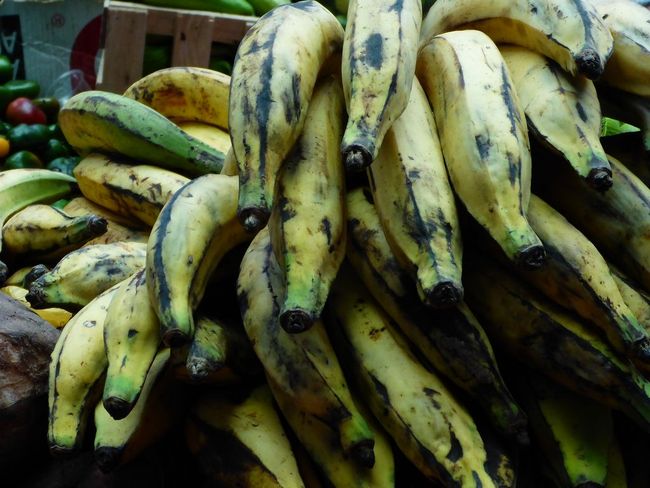
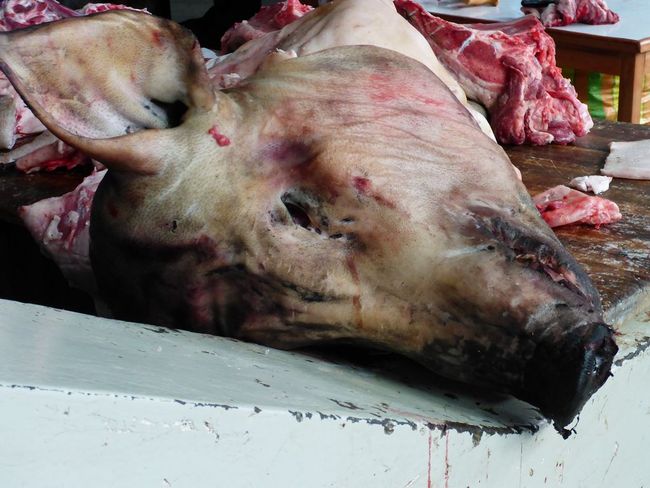
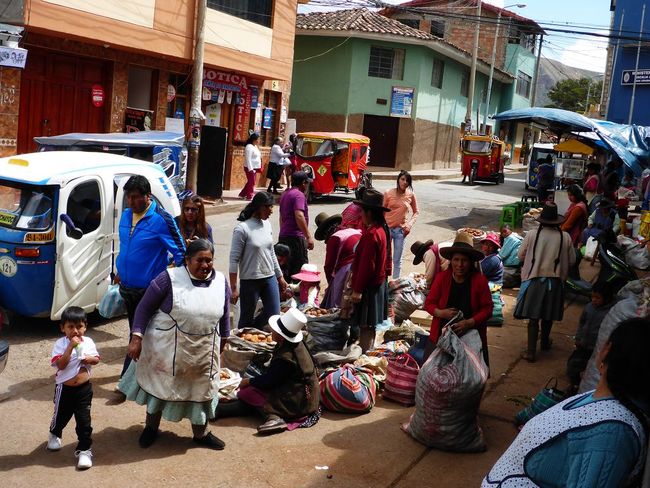
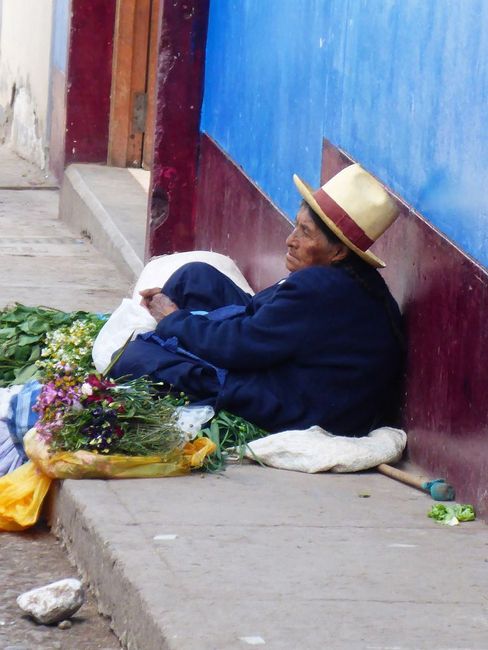
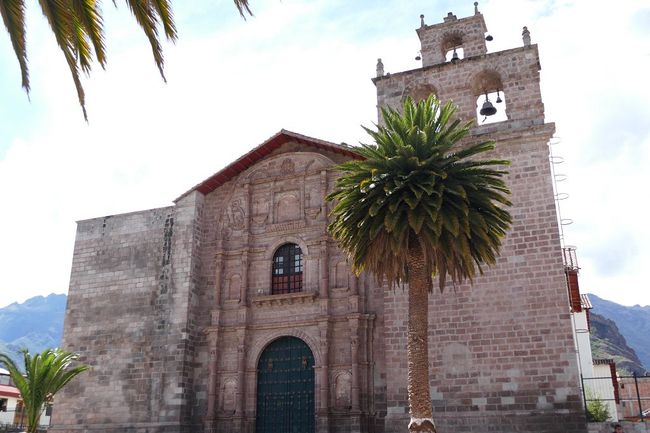
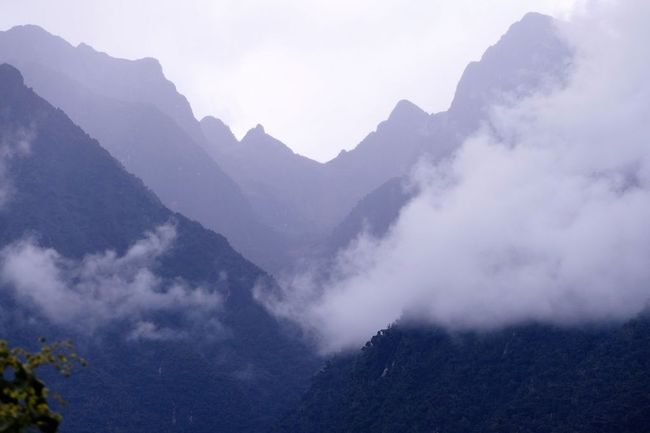
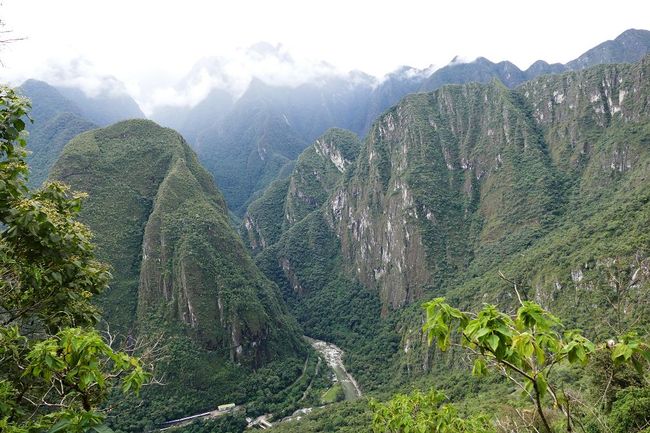
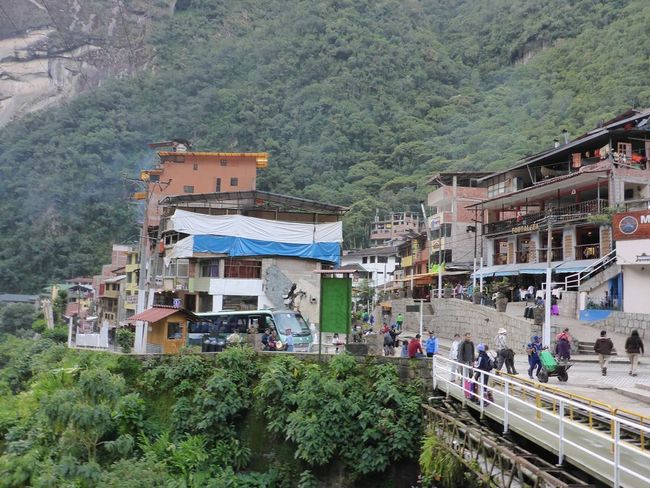
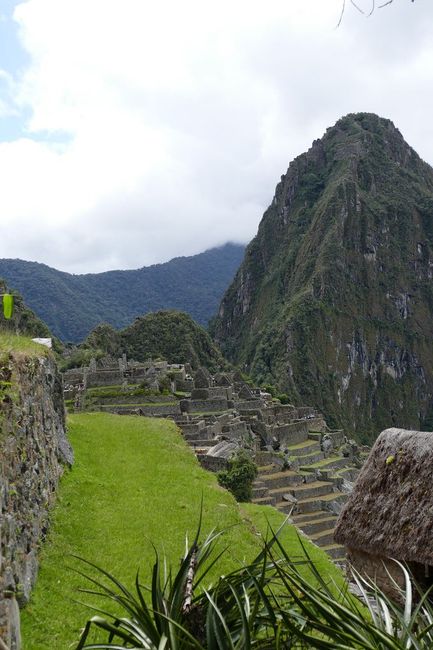
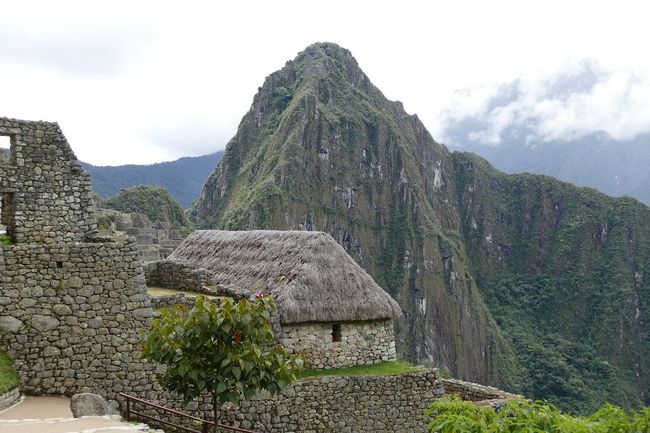
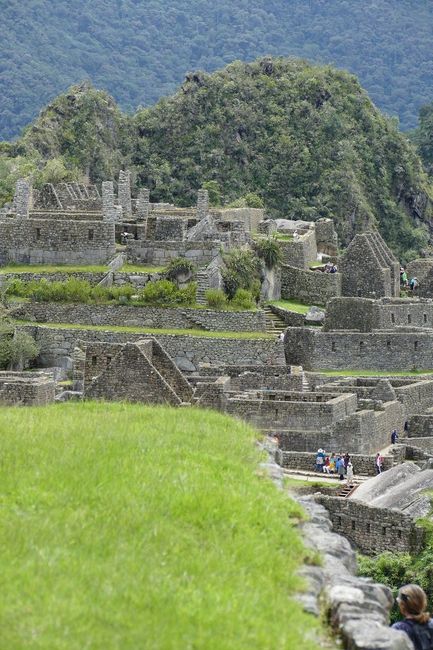
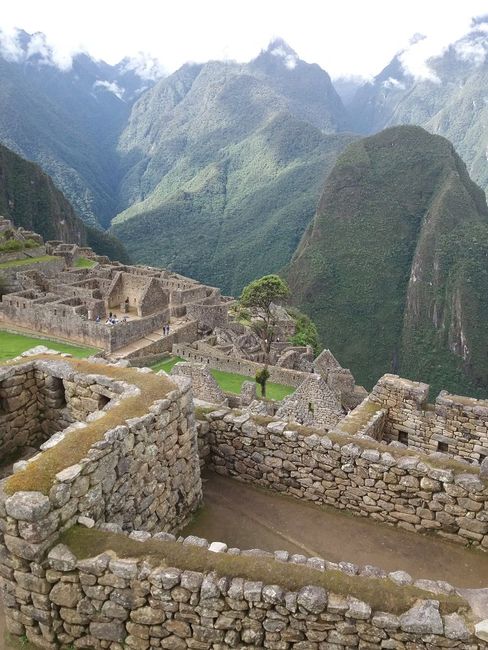
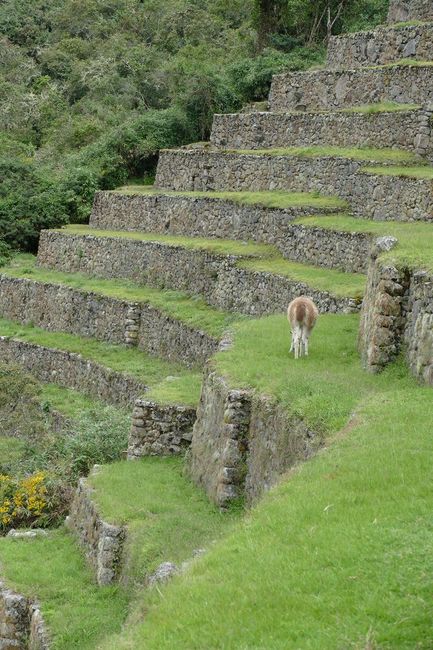
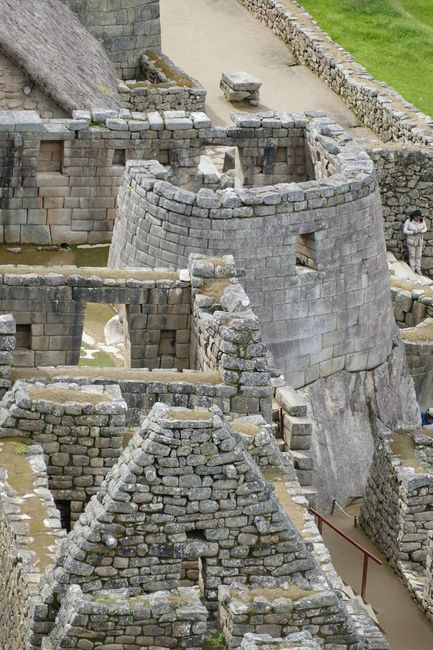
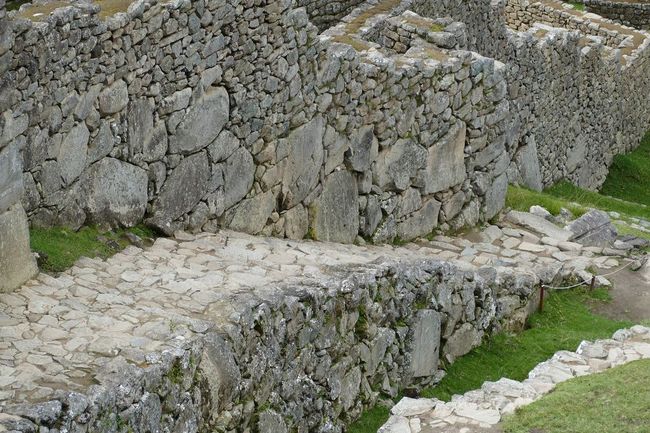
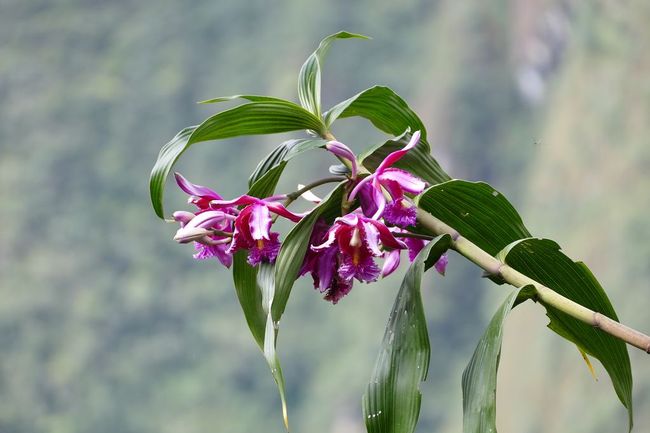
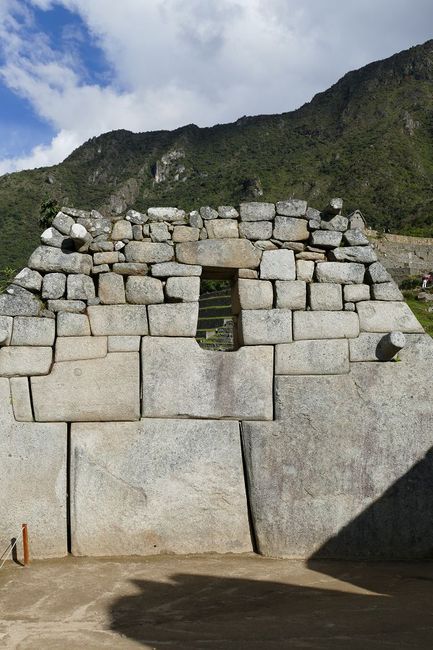
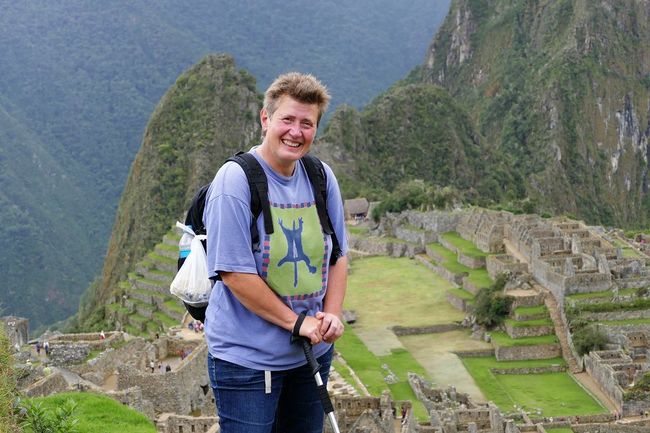
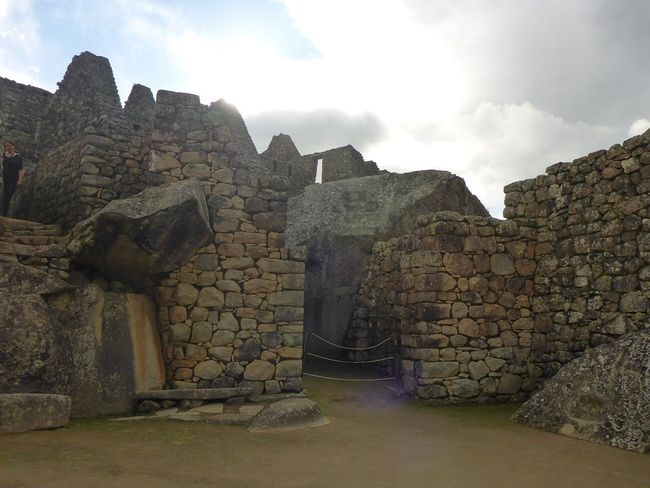
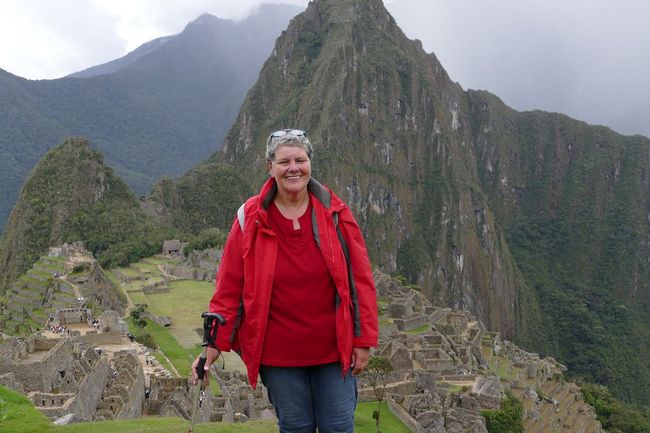
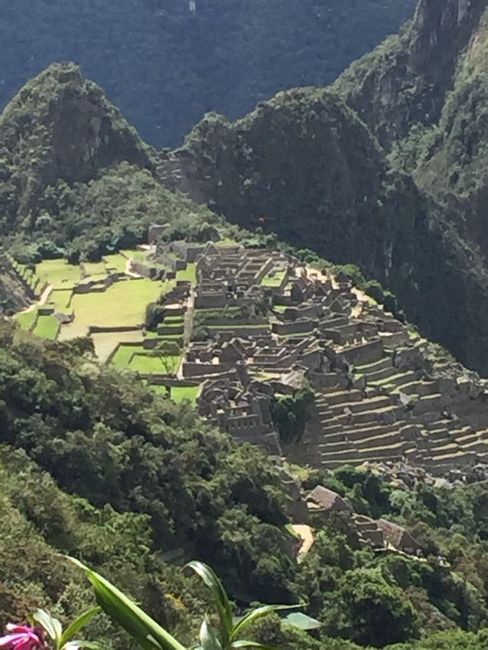
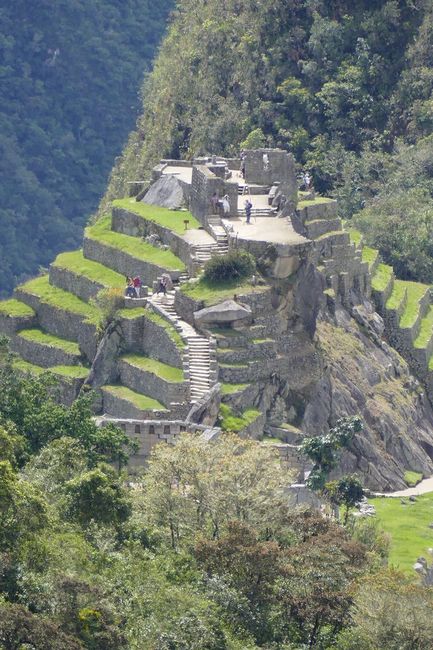
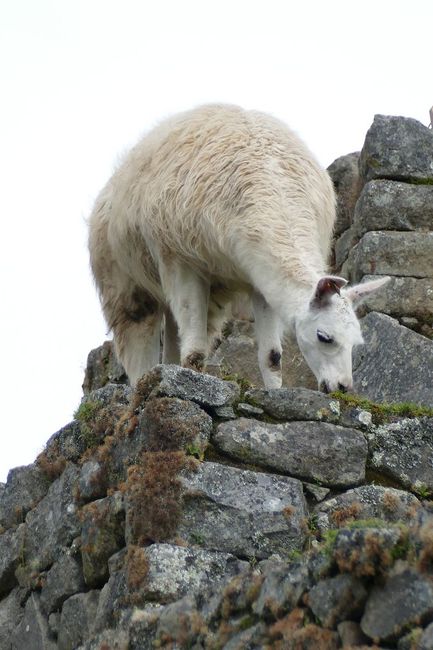
Iscriviti alla Newsletter
Peru has changed our way of traveling. There is not enough infrastructure to constantly change our overnight place. If there is a place that is at least safe and has sanitary facilities, we now stay there for a few days and explore the area by bus, Collectivo or taxi. These places are rarely beautiful and usually overpriced for what they offer, but it's cozy everywhere in the Dubs.
We have chosen the Sacred Valley of the Incas as our next destination to acclimatize ourselves in this high valley at 2,500m, to visit the villages in the valley, maybe discover one or two Inca sites, and of course visit the Inca city Machu Picchu from here. The sacred valley was and is an important cultivation area due to its location, climate, and fertile alluvial soil, also for the valuable "Inca grains" quinoa and chia.
The few indications of possible overnight places quickly disappear here and we have to rethink. So, a hotel in Urubamba or Ollantaytambo. But because of the narrow streets and steep roads, we cannot find anything where we could even come close with the Dubs. Our attempts end in daring rides through narrow streets until we give up frustrated the plan to stay overnight in a city at a reasonable price. So, something more expensive between the two cities. Our first attempt leads to a small resort, very nice, the Dubs can park safely, the reception is very friendly, the price of 450 US dollars per night also indicates that you can enjoy a few days here, but we are not yet so frustrated and desperate. We continue driving and follow a sign Hotel Tierra Viva 800 meters over a dirt road through a gate to the gravel parking lot of a beautiful house. Here there are several beautiful buildings in a park-like garden, fragrant flowers that hummingbirds enjoy, baby alpacas romping on the lawn, a fantastic view of the mountains, a tasteful cozy lobby, and the enchanting Cynthia, who offers us a large free double room... .. please let it be affordable!
Fate was also kind to us this time. We enjoy a great room, feed the baby alpacas, and relax in the garden. In Ollantaytambo, we climb a monumental fortress, strategically laid out by the Incas to oversee the agriculturally important valley, and in Maras, we admire the colonial entrances to houses. In Urubamba, we visit a lively Sunday market before trying organic products from the valley in a tiny backyard café. In between, we organize our trip to Machu Picchu, supported by the incredibly helpful, friendly, and dedicated staff of Tierra Vivas.
Machu Picchu, the enigmatic Inca city high up in the Andes, was only discovered at the beginning of the 20th century and is now considered the most famous tourist attraction in Peru. Even if the history and myths of the Incas don't captivate us that much, the uniqueness of this archaeological site and its magnificent location amid steep mountain peaks in lush vegetation make Machu Picchu a highlight of our journey.
But how do you get there? The very brave take the Inca Trail and walk with porters and cooks for 4 to 5 days at altitudes of 3,000 to 3,500 meters to the Inca city. Respect, but not for us.
The cool ones take the collectivo to the water treatment plant, the last station of the train, but they don't get on there either, but walk along the tracks to Aquas Calientes, a village consisting exclusively of hostels, hotels, and restaurants, where the buses to Machu Picchu depart. They stay there, get up at 4:00 am, look sympathetically at the long lines of people already waiting at the bus station, and then walk up the steep path to the mountain hoping to experience the sunrise alone. However, by now, all backpackers do this, we see whole hordes gasping up and down the mountain, so the lonely sunrise will probably not happen.
In the morning at 8:00 am, a taxi picks us up in the rain, we board our comfort train in Ollantaytambo – wooden class is a thing of the past - arrive in Aguas Calientes around 11:30 am, and get on the bus without waiting, which takes us up in half an hour. Not bad.
At least for this day, the afternoon shift, admission from 12:00 pm, is the better choice. The weather is clearing up now, the fog clears the view of the mountains, and we can visit the amazingly well-preserved city, marvel at the exact alignment of the buildings according to the cardinal directions and the architectural masterpieces of the Incas. Huge granite blocks are fitted together so precisely without mortar that they still withstand any earthquake today. How these huge, ton-heavy stones were transported up the mountain is still unclear, especially since the Incas did not know the wheel. We climb up to the Sun Gate and are rewarded with a unique view of the entire Inca city.
Machu Picchu is everything they say: fascinating, completely overrun by tourism, beautiful, robbed of its soul, a historically and architecturally unique find, a magical, spiritual place. We can understand the criticism, especially from the indigenous people, of the ruthless commercial exploitation of their spiritual and historical heritage, and yet we are glad that we can be here and grateful that we were able to see this indescribable place with our own eyes.
Iscriviti alla Newsletter
Risposta (6)
Helmut
Ihr glücklichen lg Eva
Ich habe mich richtig gefreut, nach dem Frühstück Euren neuen Beitrag zu entdecken. Wie immer faszinierende Bilder und so geschrieben, dass man die Reise miterleben kann. Liebe Grüße Ulli und EvaBarbara
Ilse: Ich bin begeistert und freue mich für Euch, dass Ihr diese faszinierenden gigantischen Ausgrabungen sehen konnten.Kerstin
Wahnsinnig schön Machu Picchu, wäre ich auch gerne mal. Tolle Bilder und wieder ein spannender Bericht. Ich hoffe, ihr schreibt nach der Reise ein Buch, ich meld mich schon an für ein Exemplar 😊! LG Astrid
Hallo Ihr Lieben! Tolle Fotos! Auch die Fotos vom Markt. Da werden Erinnerungen wach. Mais in allen Farben. Weiterhin viel Freude! Und passt gut auf Euch auf. Astrid und HelmutPetra
Hallo ihr Lieben. Vorher waren die Häuser bund, jetzt die Hüte. Habt ihr die Höhe gut vertragen? Kann mich noch gut an meine Kopfschmerzen erinnern